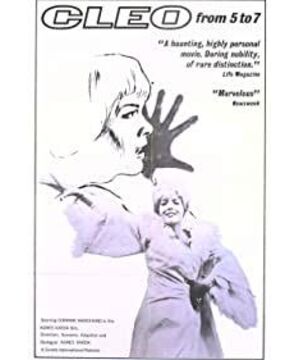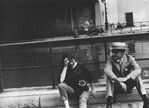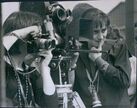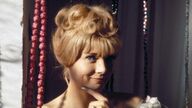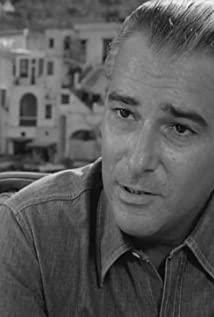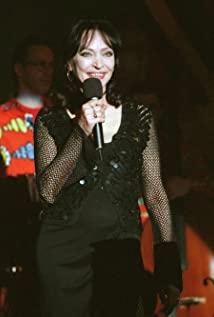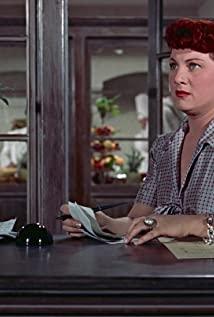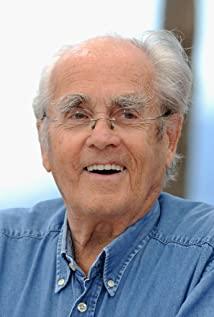The film is supposed to be about a woman's steps, a little feminist, but very light. As a representative work of the New Wave, the film still contains philosophical existentialism.
The biggest feature of this literary film should be its time period. The one and a half hours of the film is also one and a half hours of the film's story. Construct the film in a way that is more intuitive and better expresses the inner emotions of the characters. As for the titles from five to seven o'clock, why is Cleo's two-hour movie only one and a half hours, and there's still half an hour left? I think it should be the remaining half hour for Cleo to fall in love...
Just like other literary and artistic films, this film also uses a lot of long shots and many subjective shots. Most of them use shots to express the development of the plot. For example, there is a paragraph in it: first, a shot of a clock indicates that the plot is at home, and then a gram The scene where Leo just left his lover smiling, cuts to the scene where the maid (or assistant) is smiling, and finally another scene where Cleo wigs, about four or five seconds.
And these few shots show the lover and the maid having an affair while Cleo is not at home, a very advanced treatment, using shots to show the plot development, rather than dealing with the dialogue or a long shot of other movies.
There is also a clever treatment, the color tones of the tarot cards at the beginning, to the black and white tones later. Normal people should treat illusory things as black and white, and reality as color tones, but Agnès Varda uses irony to reverse them, making the audience feel deeply.
The male protagonist and the female protagonist are also two different people in the same situation. The male protagonist is a soldier who is about to go to Iberia, and the broadcast on the car in the movie also said that the Iberian war was fierce. The male protagonist and the female protagonist They are all about to die, but the male protagonist lives his life well and does not worry about the future. It is the opposite of the female protagonist. It is also the reason why the two of them can fall in love, and of course, it is inseparable from the male protagonist's superb flirting skills.
The mirror is also an important element in the film. The mirror appears many times, and the broken mirror is also the transformation of the heroine from the observer to the observer. Of course, it is also reflected step by step when she loses her wig and sunglasses.
From the very beginning, passers-by will look at her, and later passers-by will not look at her, which also reflects the change of identity.
Finally, the representative work of the new wave, "Cleo from 5 to 7 o'clock" is also a representative work of narration on the camera.
View more about Cléo from 5 to 7 reviews


